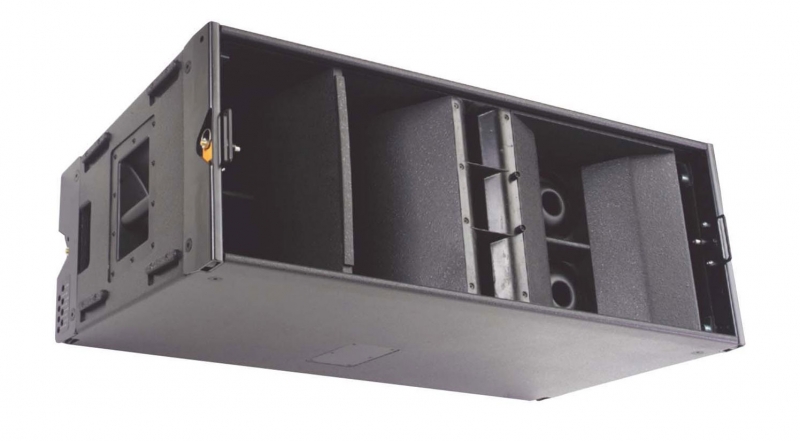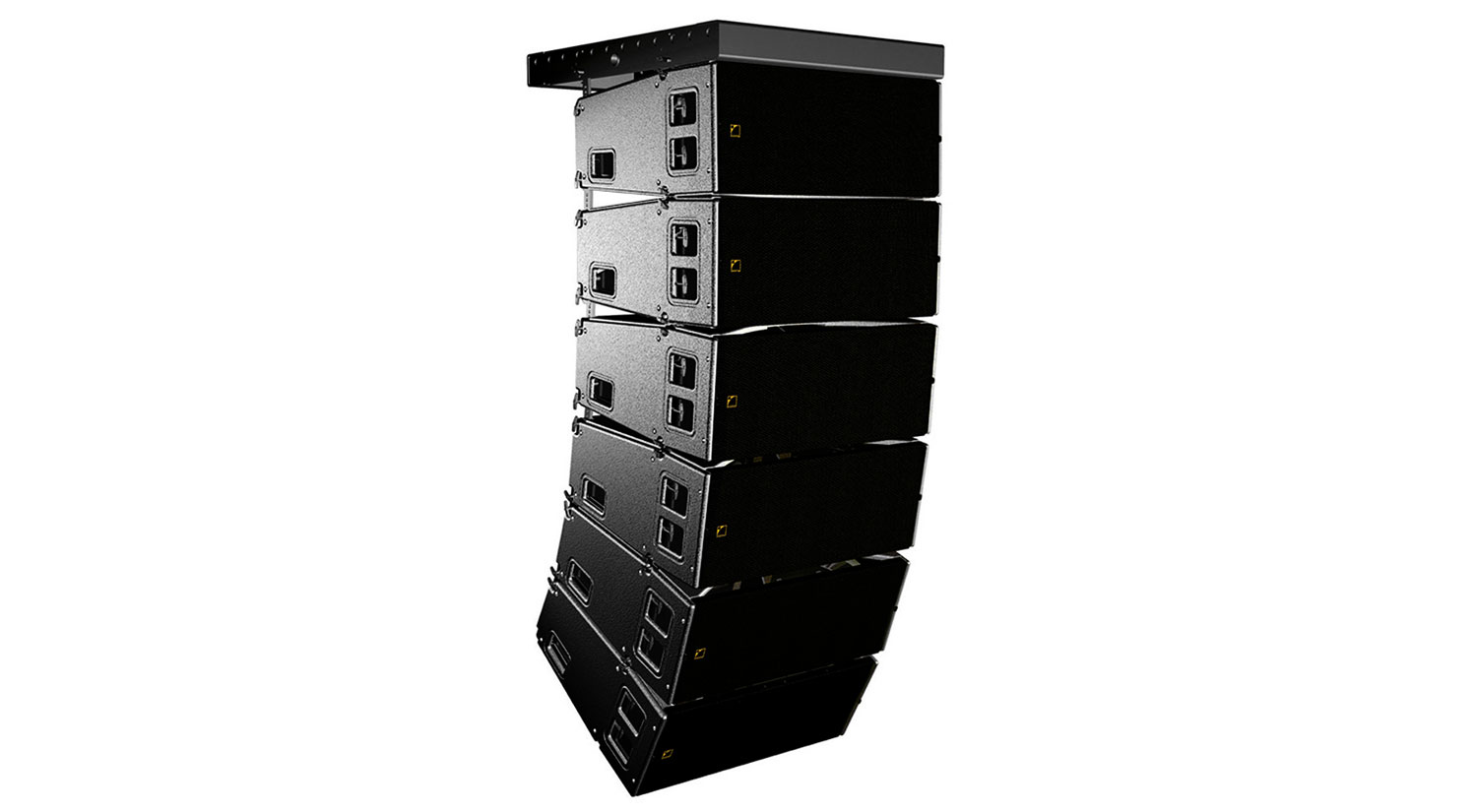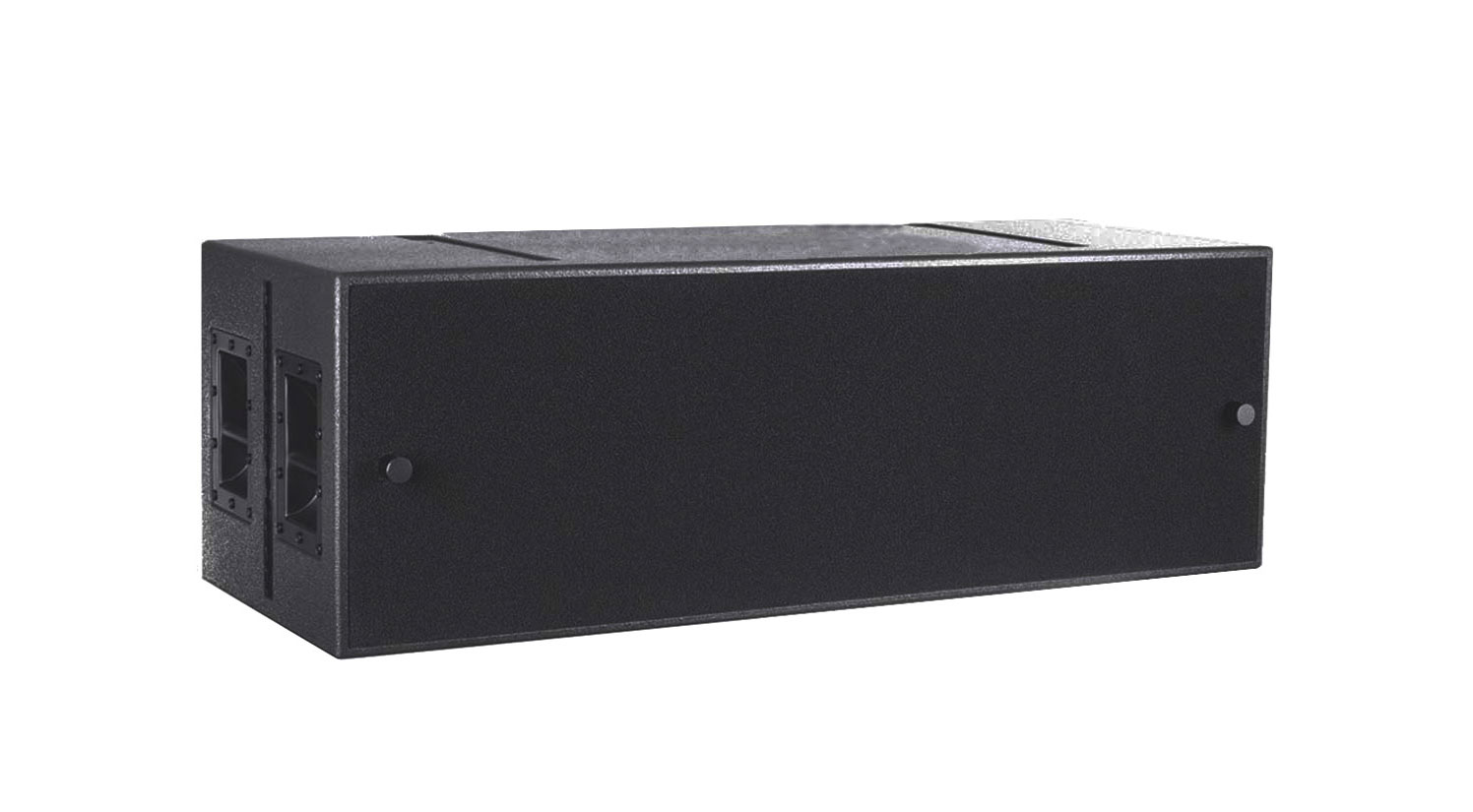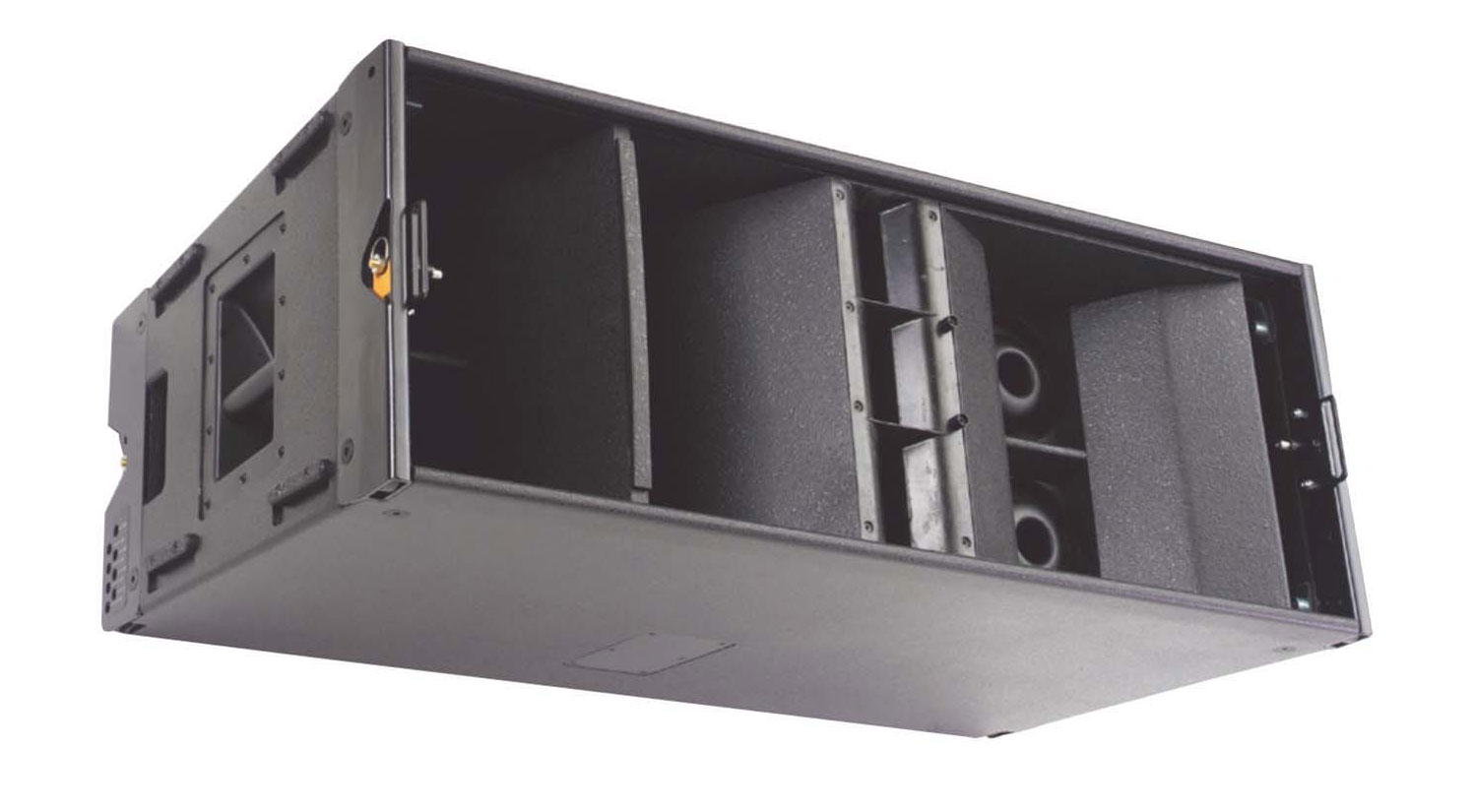What is line arrays?

|
As an audiophile, you are no stranger to the importance of good sound quality. Whether you enjoy music as a listener or work in the music industry, you know that the quality of sound can make or break an experience. In recent years, line arrays have become increasingly popular for their ability to provide exceptional sound quality, clarity, and even distribution throughout a venue. However, with so many options on the market, it can be overwhelming to determine which line array is right for you. That's where this ultimate guide comes in. We'll break down the basics of line arrays, discuss the benefits and drawbacks, and provide expert advice on how to choose the best system for your needs.
How Line Arrays WorkA line array is a speaker system that consists of multiple speakers arranged in a vertical line. The speakers are designed to work together to produce sound that is evenly distributed throughout a venue. This is achieved by using a technique called "phasing," which involves aligning the sound waves produced by each speaker so that they reinforce each other instead of canceling each other out. The result is a clear and powerful sound that can be heard from any point in the venue. Line arrays are typically used in large venues such as concert halls, stadiums, and outdoor festivals. They are also popular in houses of worship, theaters, and other venues where high-quality sound is essential. Line arrays can be configured in a variety of ways depending on the size and shape of the venue, the type of event, and other factors. Advantages of Line ArraysThere are several advantages to using a line array system. First and foremost, line arrays provide even distribution of sound throughout a venue. This means that everyone in the audience can hear the same quality of sound, regardless of where they are seated. This is particularly important in large venues where the sound can easily become muffled or distorted. Another advantage of line arrays is their ability to produce clear and powerful sound. Because the speakers are aligned to reinforce each other, the sound produced is much louder and clearer than what can be achieved with a single speaker or a traditional speaker system. This is especially important in outdoor venues where there may be a lot of ambient noise. Finally, line arrays are highly customizable and can be configured to meet the specific needs of a venue or event. They can be designed to work with different types of audio equipment and can be adjusted to produce different levels of sound depending on the needs of the event. Types of Line Arrays - Passive vs. Active Line ArraysThere are two main types of line arrays - passive and active. Passive line arrays require an external amplifier to power the speakers, while active line arrays have built-in amplifiers. The choice between passive and active line arrays depends on the specific needs of the event. Passive line arrays are typically less expensive than active line arrays and are preferred by many concert promoters and audio engineers. They are also more flexible and can be used with a wider range of audio equipment. However, they require a separate amplifier to power the speakers, which can be bulky and difficult to transport. Active line arrays, on the other hand, have built-in amplifiers that eliminate the need for an external amplifier. This makes them easier to transport and set up, which is ideal for outdoor events or venues with limited space. However, they are typically more expensive than passive line arrays and may not be as flexible in terms of compatibility with other audio equipment. |
 |
Components of a Line Array SystemA line array system typically consists of several components, including the speakers themselves, amplifiers, signal processors, and cabling. The speakers are the most important component of the system and are designed to work together to produce clear and even sound. Amplifiers are used to power the speakers and are available in a variety of sizes and configurations. Signal processors are used to adjust the sound output and can be used to fine-tune the sound to meet the specific needs of the event. Cabling is also an important component of a line array system and should be of high quality to ensure that the sound is not degraded as it travels from the source to the speakers. Designing a Line Array SystemDesigning a line array system is a complex process that requires careful consideration of a variety of factors. These factors include the size and shape of the venue, the type of event, the number of attendees, and the type of audio equipment being used. When designing a line array system, it is important to take into account the acoustics of the venue. This includes factors such as the shape of the room, the type of flooring, and the presence of reflective surfaces such as glass or concrete. It is also important to consider the type of event being held and the needs of the performers or speakers. For example, a rock concert may require a more powerful sound system than a classical music performance. Setting up a Line Array SystemSetting up a line array system requires careful planning and attention to detail. The first step is to ensure that the speakers are properly aligned and positioned to provide even distribution of sound throughout the venue. The next step is to connect the speakers to the amplifiers and signal processors. This requires careful attention to cabling and ensuring that all connections are secure and properly grounded. Once the system is set up, it is important to test the sound output and make any necessary adjustments to ensure that the sound is clear and even throughout the venue. |
 |
Tuning a Line Array SystemTuning a line array system is an important part of the setup process and involves fine-tuning the sound output to meet the specific needs of the event. This includes adjusting the equalization settings, the crossover points, and the delay times to ensure that the sound is clear and even throughout the venue. Tuning a line array system requires expertise and experience, and it is important to work with an experienced audio engineer to ensure that the sound is optimized for the specific needs of the event. Maintenance of a Line Array SystemMaintaining a line array system is essential to ensure that it continues to provide high-quality sound over time. This includes regular cleaning of the speakers and amplifiers, as well as routine maintenance such as replacing worn-out cables or components. It is also important to periodically test the sound output and make any necessary adjustments to ensure that the system is performing at its best. ConclusionLine arrays are an important tool for audiophiles and are essential for providing high-quality sound in large venues and outdoor events. Whether you are a concert promoter, audio engineer, or just a music lover looking to enhance your listening experience, understanding the basics of line arrays is essential. By following the guidelines in this ultimate guide, you can choose the right line array system for your needs, design and set up the system properly, and maintain it to ensure that it continues to provide high-quality sound over time. With the right knowledge and expertise, you can take your sound to the next level and create an unforgettable listening experience for your audience. |
 |
